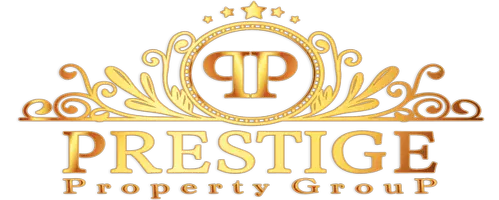Mortgage Applications Today: Demand for Home Loans Jump 29.7% as Interest Rates Remain at 11-Month Low
Mortgage applications increased 29.7% from a week earlier for the week ending Sept. 12, according to the Mortgage Bankers Association. This increase is nearly triple the amount compared to the week prior when home loan applications rose 9.2% for the week ending Sept. 5.
The rise in applications comes after mortgage interest rates slipped again to an 11-month low. The average rate on a 30-year fixed home loan was 6.35% for the week ending Sept. 4, according to Freddie Mac. The rate was down from the prior week when it was 6.5%.
The Market Composite Index, a measure of mortgage loan application volume, increased 29.7% on a seasonally adjusted basis from the prior week. On an unadjusted basis, the Index increased 43% compared with the previous week.
The refinance index increased 58% from the previous week and was 70% higher than the same time one year ago. The seasonally adjusted purchase index increased 3% from one week earlier.
The unadjusted purchase index increased 12% compared with the previous week and was 20% higher than the same week one year ago.
Homeowners choosing to refinance also increased. The refinance share of mortgage activity rose to 59.8% of total applications from 48.8% the previous week. The adjustable-rate mortgage (ARM) share of activity increased to 12.9% of total applications.
"Indicative of the weakening job market, and in anticipation of a rate cut from the Federal Reserve, mortgage rates last week dropped to their lowest level since last October, with the 30-year fixed rate declining to 6.39 percent. Homeowners responded swiftly, with refinance application volume jumping almost 60 percent compared to the prior week,” said Mike Fratantoni, MBA’s senior vice president and chief economist.
“Homeowners with larger loans jumped first, as the average loan size on refinances reached its highest level in the 35-year history of our survey. Almost 60 percent of applications were for refinances, but there was also a pickup in purchase applications.”
The Federal Housing Administration (FHA) share of total applications decreased to 16.3% from 18.5% the week prior.
Veterans Affairs share of total applications increased to 15.8% from 15.3% the week prior. The USDA share of total applications decreased to 0.5% from 0.6% the week prior.

Contract rates
The average contract interest rate for 30-year fixed-rate mortgages with conforming loan balances ($806,500 or less) decreased to 6.39% from 6.49%, with points decreasing to 0.54 from 0.56 (including the origination fee) for 80% loan-to-value ratio (LTV) loans. The effective rate decreased from last week.
The average contract interest rate for 30-year fixed-rate mortgages with jumbo loan balances (greater than $806,500) increased to 6.48% from 6.44%, with points decreasing to 0.35 from 0.48 (including the origination fee) for 80% LTV loans. The effective rate increased from last week.
The average contract interest rate for 30-year fixed-rate mortgages backed by the FHA decreased to 6.14% from 6.27%, with points remaining unchanged at 0.68 (including the origination fee) for 80% LTV loans. The effective rate decreased from last week.
The average contract interest rate for 15-year fixed-rate mortgages decreased to 5.63% from 5.70%, with points increasing to 0.58 from 0.55 (including the origination fee) for 80% LTV loans. The effective rate decreased from last week.
The average contract interest rate for 5/1 ARMs decreased to 5.65% from 5.77%, with points decreasing to 0.41 from 0.63 (including the origination fee) for 80% LTV loans. The effective rate decreased from last week.
"Even as 30-year fixed rates reached their lowest level in almost a year, more borrowers, and particularly more refinance borrowers, opted for adjustable-rate loans, with the ARM share reaching its highest level since 2008," said Fratantoni. "Notably, ARMs typically have initial fixed terms of five, seven, or ten years, so those loans do not pose the risk of early payment shock that pre-2008 ARMs did. Borrowers who do opt for an ARM are seeing rates about 75 basis points lower than for 30-year fixed rate loans."
Mortgage rates calculated
Mortgage rates are calculated by various factors in the economy, and the length of your loan will also figure into the mortgage rate you qualify for.
The 30-year mortgage rate is tied to the yield of the 10-year Treasury note, according to Fannie Mae. As the yield on the 10-year Treasury note moves, mortgage rates follow.
The yield on the 10-year Treasury note is determined by expectations for shorter-term interest rates in the economy over the duration of a bond, plus a term premium.
Categories
Recent Posts










GET MORE INFORMATION

